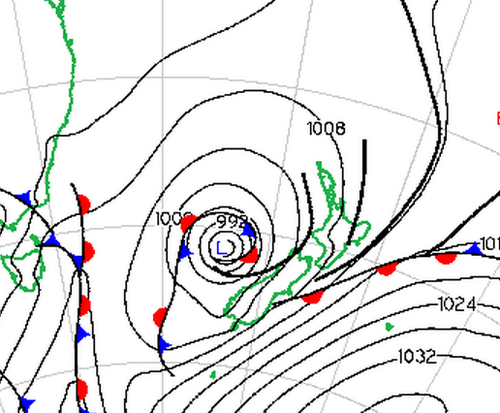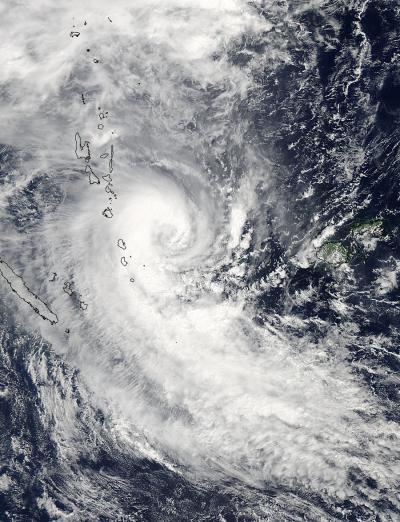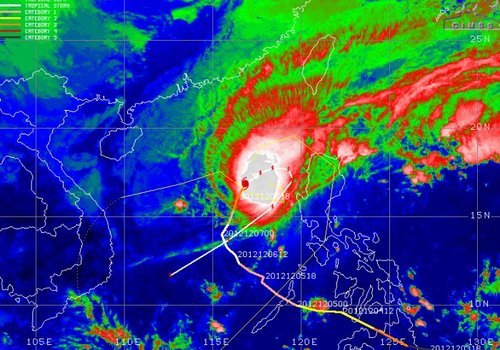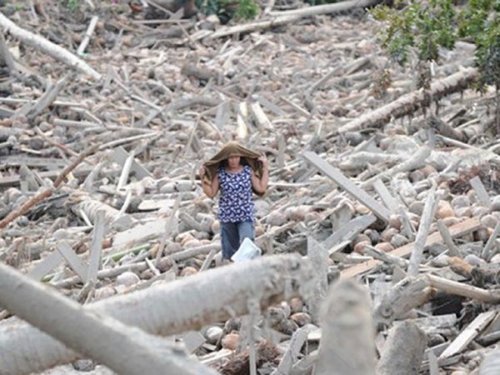Extratropical Storm Ita Brings Soaking Rains to New Zealand
The same cyclone as discussed in last week’s Elsewhere in Weather News article has continued its trek southeast and has brought torrential rains as well as strong winds to New Zealand. After making landfall on Australia’s northeast coast, Ita curved back out to sea while transitioning to an extratropical storm. Extratropical storms are characterized by well-defined frontal features as well as cold core as opposed to cyclones which are tropical in nature and have warm cores.

The remnants of Ita brought torrential rains and fairly strong winds to New Zealand’s islands. These adverse conditions knocked out power to around 22,000 people in addition to washing away roads, wreaking havoc on Easter weekend travelers. Some water rescues also had to be executed due to people being trapped in their cars. It appears as though a general 100mm fell across the northern part of the island. Locally higher amounts (200mm+) were possible as upslope winds contributed to higher amounts where higher topography was present. The highest wind gusts also affected the northern and western side of the country, where winds coming straight off the ocean produced gusts as high as 115km/h in Westport.
Thankfully the extratropical cyclone is expected to exit the region and continue its track south, bringing more pleasant conditions to New Zealand for Sunday and Easter Monday. Another significant cyclone is churning this weekend, but thankfully in the open waters of the Indian Ocean. Although it is expected to reach category one, it will remain over open waters and is not expected to make landfall.



